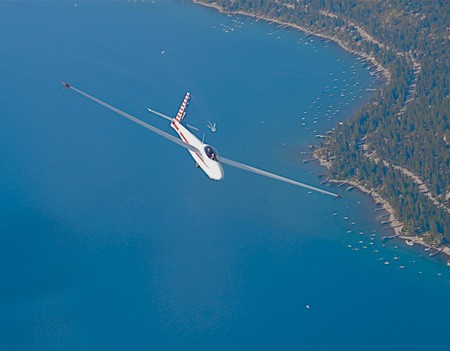
Many people oppose dams because they change the flow of rivers and affect the migrating patterns of fish and other species, but aren’t they also a great renewable energy source?
— Ryan Clark, Milton, WA
Hydroelectric dams are among the greenest and most affordable electricity sources in the world—and by far the most widely used renewable energy sources—but they also take a heavy environmental toll in the form of compromised landscapes, ecosystems and fisheries. Hydroelectric dams have been an important component of America’s energy mix since the powerful flow of rivers was first harnessed for industrial use in the 1880s. Today hydroelectric power accounts for seven percent of U.S. electricity generation—and some two-thirds of the country’s renewable power—according to the U.S. Geological Survey.
Globally, about 19 percent of electricity comes from hydroelectric sources. The U.S. Energy Information Administration reports that China is the world’s largest producer of hydroelectricity, followed by Canada, Brazil and the U.S. Some two-thirds of the economically feasible potential for hydro power remains to be developed around the world, with untapped resources most abundant in Latin America, India and China.
Of course, despite the inexpensive and emissions-free power, many environmentalists consider hydroelectric dams to be man-made abominations that prevent salmon and other fish from swimming upstream, divert otherwise natural riparian settings, and fundamentally change the character of surrounding ecosystems. Green groups including American Rivers, Defenders of Wildlife, Earthjustice, the Endangered Species Coalition, Friends of the Earth, National Wildlife Federation and the Sierra Club are pushing the federal government to mandate the removal of four dams along the Snake River in Washington State that help the region have the lowest power-related carbon footprint in the country. The dams have decimated once teeming salmon runs, and upstream forest ecosystems have suffered accordingly.
But the Bonneville Power Administration, the quasi-federal utility that runs the dams and distributes the electricity they produce, says that keeping them going is crucial even as wind plays an increasingly larger role in the region’s electricity mix. Since hydro power can be generated and released when most needed, it is an important resource for backup power when intermittent sources like wind (and solar) aren’t available.
The scheduled removal of two century-old dams on the Elwha River in Washington State’s Olympic National Park beginning in 2011 may well serve as test cases for larger dam removal projects in the Pacific Northwest and beyond. Planners hope wild salmon numbers will rebound as a result, and that other wildlife—such as bald eagles and black bears—will follow suit.
President Obama has committed $32 million to modernize existing hydropower dams, increase efficiency and reduce environmental impacts. “There’s no one solution to the energy crisis, but hydropower is clearly part of the solution and represents a major opportunity to create more clean energy jobs,” U.S. Secretary of Energy Steven Chu told reporters last year. “Investing in our existing hydropower infrastructure will strengthen our economy, reduce pollution and help us toward energy independence.”
CONTACTS: U.S. Geological Survey, www.usgs.gov; U.S. Energy Information Administration, www.eia.doe.gov; Bonneville Power Administration, www.bpa.gov.
EarthTalk® is written and edited by Roddy Scheer and Doug Moss and is a registered trademark of E – The Environmental Magazine (www.emagazine.com). Send questions to: earthtalk@emagazine.com. Subscribe: www.emagazine.com/subscribe. Free Trial Issue: www.emagazine.com/trial.















Want less dams, nuclear power plants, coal generated CO2 emissions? CONSERVE energy. It’s about scaling way back each of our individual energy use. Too often the focus is on how to create new “cleaner” forms of energy as opposed to just using less in the first place, which should be number one.